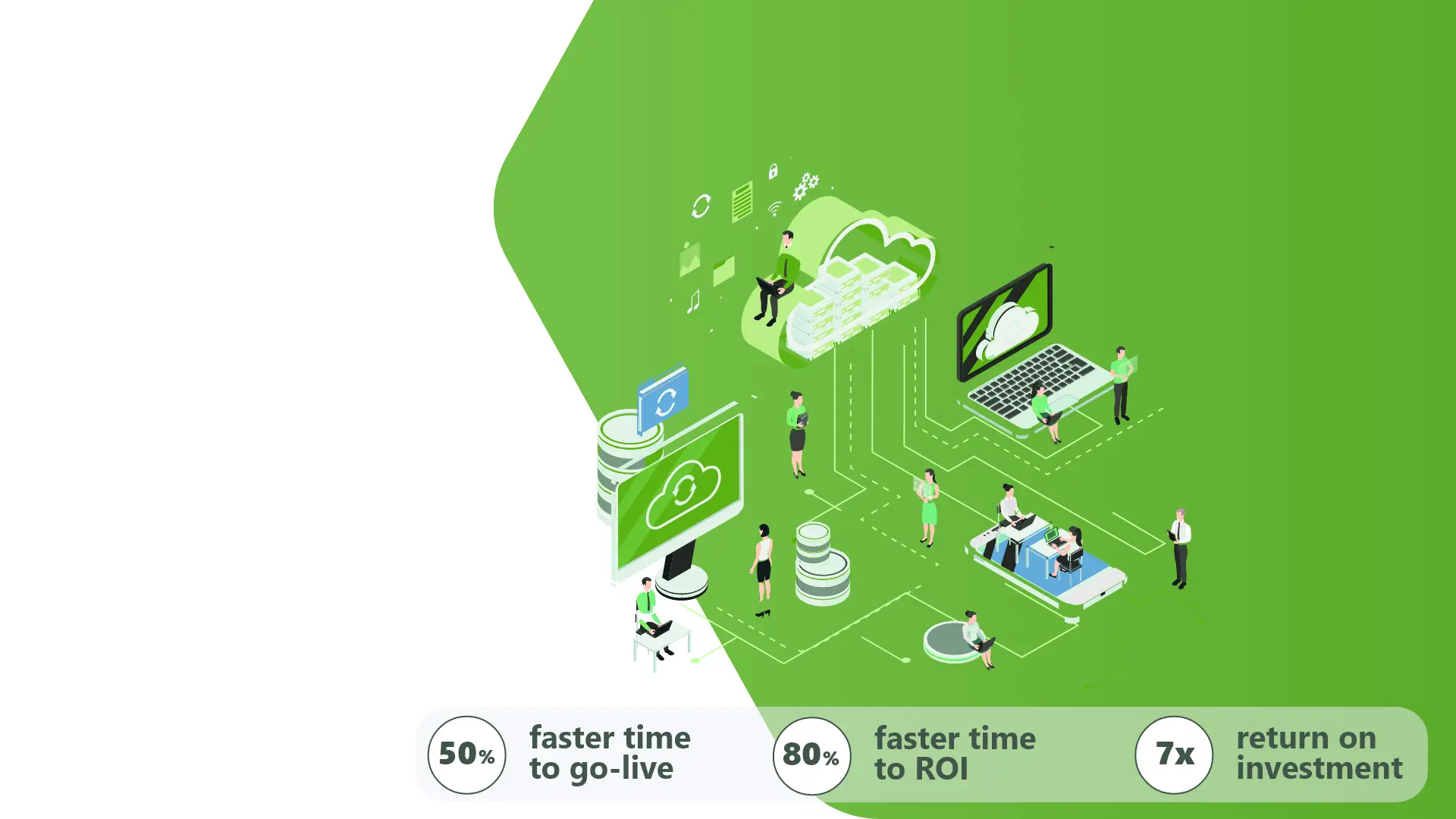What is omnichannel retail?
Omnichannel retail is a customer management strategy that streamlines how branding and engagement is done across different sales media. The strategy aims at delivering a unified brand experience via multiple digital and physical touchpoints, helping businesses get maximum reach.
Leveraging this strategy, numerous brands have successfully furthered their visibility and impact with the consumer. Omnichannel retail is also vital for implementing a well-oiled order processing and warehouse management system.
This blog explores why this strategy is more effective compared to others while showcasing its overall benefits for retailers.

Discover Omnichannel Retail
Retail Challenges
Since the internet has transformed the way business is done, retailers have stopped relying solely on brick-and-mortar stores. Rather, multichannel retail, which entails sales avenues such as e-commerce websites and social media pages, has become important. In handling so many sale channels, the prime challenges retailers face are:
- Offering keeping track of and executing branding across channels,
- Maximizing the use of customer data across sales media for a personalized CX, and
- Striking the balance between inflow of orders and inventory and procurement.
This is where omnichannel retail proves to be effective. It strives to integrate all relevant information and streamlines the branding efforts.
Omnichannel Benefits
What makes the implementation of omni-channel retail so popular? It appeals to both businesses as well as their customers by centralizing all relevant data.
Consider a scenario where, owning to disjointed information and branding across channels, different product data (like sizing, materials) is available in different media. This could potentially confuse consumers on the brand identity, or worse misinform them on offers.

In solving this issue omni channel retail keeps a consistent brand voice across platforms. At every touchpoint, the strategy ensures that valid information is visible to the customer and retailers. As a result, the customers have pleasant shopping experience, while retailers enjoy smooth transactions, unspoiled by poor inventory management.
To understand the benefits of the strategy more concretely, let’s look at some data. For example, customers are willing to pay a whopping 18% more for the omnichannel experience. Also, the strategy plays a major role in fostering brand loyalty as it ensures that the branding is personalized. To elaborate, 75% of US customers are likely to be more loyal if personalized CX is leveraged.
Similarly, given that all data is centralized, it becomes easier for retailers to understand customer behaviour better with real-time data. This access to real-time data, helps forecasting trends and staying ahead of the curve by serving the upcoming consumer needs. Furthermore, real-time data helps successfully differentiate each channel from the other. This is brand performance on each channel can be optimise and customers can enjoy the unique CX each channel offers.
Now that we understand the strategy’s benefits, let’s look at how to leverage it to get maximum sales results.

Explore Omnichannel Retail
Components and Advantages
Some of the key components of omni-channel retail are e-commerce platforms, in-store digital signage, kiosks, mobile interactions, social media, and POS systems.
Shopping online has become synonymous with visiting major digital marketplaces such as Amazon and eBay. By keeping a robust e-commerce presence, retailers can track how well they are doing as compared to their peers. Also, grabbing sales on e-commerce sites is effortless as consumers browse the sites. Additionally, the brand’s mobile application and website help retailers offer an immersive brand experience while also running exclusive offers.

Similarly, given that the consumer today is constantly online, social media ad pages effortlessly combine shopping with social media entertainment. Finally, POS systems help streamline business operations, improve accuracy in transactions, and provide valuable data for business analysis and decision-making.
Omnichannel Benefits - A scenario
Now that we know what omni channel retail consists of and what its benefits are, let’s look at a scenario to better understand the strategy. Consider the case of a clothing brand which is striving to amp its sales. Implementing the strategy, the brand could ensure uniform pricing, across sales channels. This consistency would help in building trust and brand loyalty. Uniform pricing shows that the customer's convince is the top priority of the brand.
Let’s now find out, how omnichannel technology solutions, such as Ginesys One can help businesses.

Ginesys’ Omnichannel Retail
The Ginesys One Solution
Ginesys One omnichannel solution encompasses an ERP and a POS software along with multichannel Ecommerce OMS and website marketing services. This omnichannel platform is deeply integrated to work with a single data set of product information, customers, orders and more. The omnichannel software integrates website, social media, mobile, and in-store channels and manages online and offline stores. The solution also displays comprehensive information about inventory and sales on a unified dashboard, thus streamlining omnichannel workflow. Transforming the retail experience, Ginesys Ecommerce team also helps with the website development, maintenance and online marketing. To know more, contact us today!

